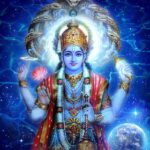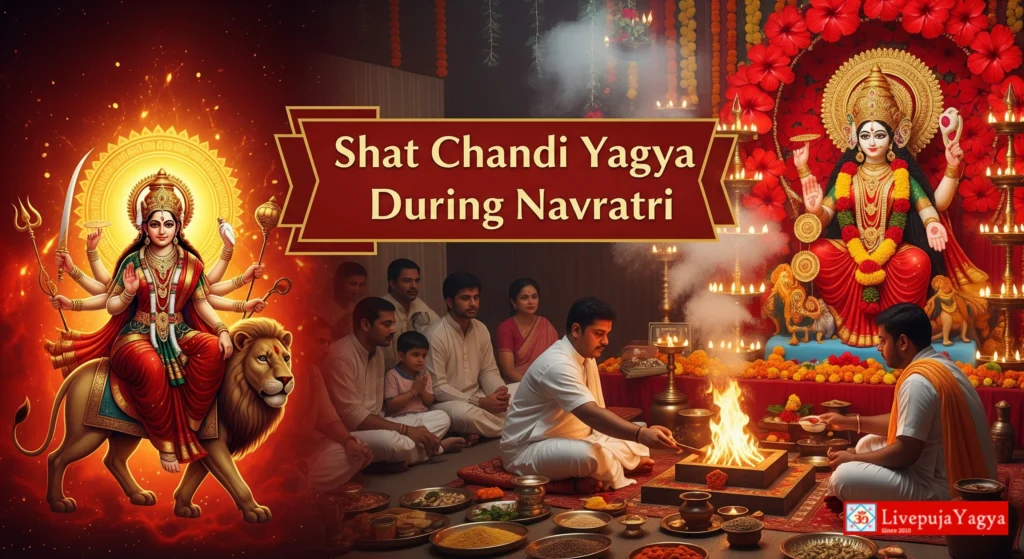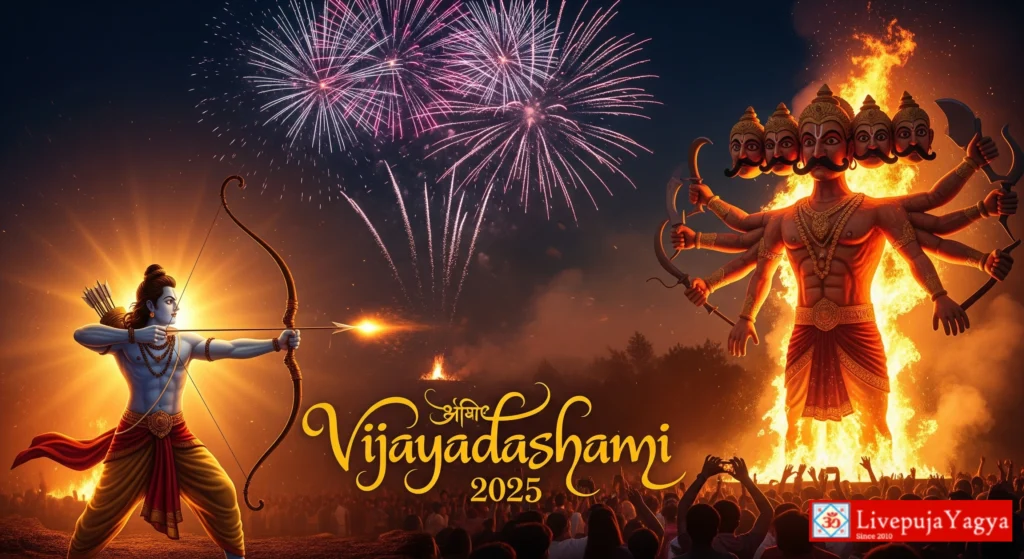Mauni/Magha Amavasya 2024: A Day of Silence and Spiritual Significance
Understanding Mauni Amavasya
Magha or Mauni Amavasya 2024, falling on the 15th day of the Magh month in the Hindu calendar, typically graces us in February. The term “Mauni” draws its essence from “Muni,” denoting an individual committed to the practice of silence. This day holds profound significance in Indian tradition, specifically for performing Tarpan or Shraddha ceremonies dedicated to one’s forefathers.
The Rituals and Beliefs of Magha Amavasya 2024
Believers ardently hold that the performance of Pitra Tarpan or Pinda Daan on Mauni Amavasya earns them the blessings of their ancestors. The convergence of the Moon and Sun on this day amplifies its sanctity. Observers undertake a
fast known as
Mauna Vrat, an observance where devotees maintain absolute silence throughout the day. The sacred city of Prayagraj/Allahabad, renowned as Prayag Sangam, witnesses a multitude of visitors engage in meditation and take holy dips in the revered rivers of India during this auspicious occasion, particularly during the Magha Mela.
Spiritual and Historical Significance
According to Hindu scriptures, Mauni Amavasya marks the genesis of the Universe. This day holds immense spiritual value, offering practitioners an opportunity for profound introspection and inner tranquillity. Notably, it hosts the grandeur of the Kumbh Mela, enhancing its significance. Legend has it that “Manu Rishi,” a pivotal figure in Hinduism, was born on this propitious day. Lord Vishnu, the principal deity, is venerated fervently on the occasion of Magha Amavasya.
Mark Your Calendar: Mauni Amavasya 2024/Magha Amavasya in 2024
In 2024, Mauni Amavasya or Magha Amavasya is slated for Friday, 9th February. Devotees seek spiritual fulfilment through rituals, prayers, and the observance of Mauna Vrat on this propitious day.
Ready to Participate? Book Your Online Amavasya Puja here and stay connected to the divine energies.
Curious about other Amavasya dates in 2024? Access the comprehensive list
here to plan your spiritual endeavours accordingly.
Conclusion
Mauni/Magha Amavasya embodies a convergence of silence, spirituality, and ancestral reverence. It stands as a testament to the profound cultural heritage and spiritual tapestry woven into the fabric of Hindu traditions.
FAQs
1. What is the significance of Mauna Vrat on Mauni Amavasya?
Mauna Vrat, the practice of maintaining silence, is believed to purify the mind and create an environment conducive to spiritual growth.
2. How does the performance of Pitra Tarpan benefit individuals on this day?
Performing Pitra Tarpan or Pinda Daan is thought to bestow blessings from one’s ancestors, fostering prosperity and harmony in life.
3. Why is Mauni Amavasya associated with the Kumbh Mela?
When the Kumbh Mela, coincides with Mauni Amavasya, signifies a grand gathering where spiritual seekers congregate to bathe in sacred rivers, seeking spiritual upliftment and blessings.
4. How is Mauni Amavasya observed in different regions of India?
Mauni Amavasya is observed with diverse regional customs. While some regions focus on charitable deeds and donations, others emphasize silent meditation and offering prayers.
5. Are there specific rituals or practices associated with Mauni Amavasya?
Yes, various rituals like offering food to the needy, conducting religious ceremonies, and reciting mantras hold significance on this sacred day.
6. What is the importance of taking a holy dip during Magha Mela?
Bathing in the holy rivers during Magha Mela, coinciding with Mauni Amavasya, is believed to cleanse one’s sins and bestow spiritual purity.
7. How does Mauni Amavasya connect with spiritual enlightenment?
Mauni Amavasya encourages individuals to embrace silence, aiding in inner reflection and fostering a deeper connection with spirituality.
8. Can anyone observe Mauna Vrat or is it for specific individuals?
Mauna Vrat is open to anyone willing to undertake a day-long vow of silence, offering an opportunity for spiritual growth and mental rejuvenation.
9. Is there a specific significance to the convergence of the Moon and Sun on this day?
The celestial alignment of the Moon and Sun during Mauni Amavasya symbolizes the harmonious blending of opposites, signifying balance and spiritual unity.
10. Are there variations in the way Mauni Amavasya is celebrated in different religious sects?
Yes, different sects within Hinduism may have varying customs and interpretations, yet the essence of ancestral reverence and spiritual practices remains central.
 ₹ 3,500.00 – ₹ 25,000.00Price range: ₹ 3,500.00 through ₹ 25,000.00Add to Cart This product has multiple variants. The options may be chosen on the product page
₹ 3,500.00 – ₹ 25,000.00Price range: ₹ 3,500.00 through ₹ 25,000.00Add to Cart This product has multiple variants. The options may be chosen on the product page






